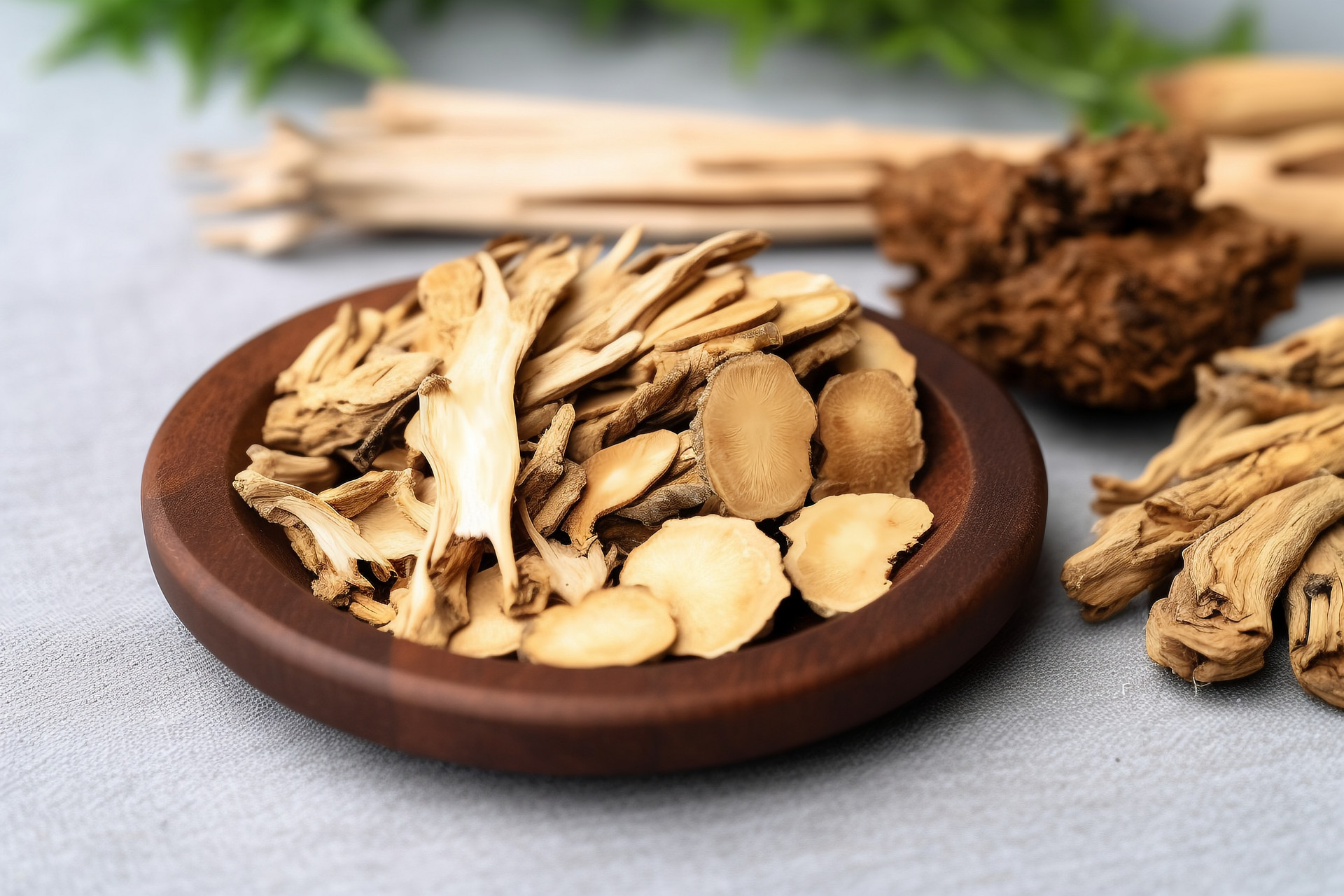Baogai grass is the whole plant of the Lipstick family plant Baogai grass, also known as pearl lotus, bone-setting grass, lotus platform summer withered grass, etc. It is mainly distributed in Jiangsu, Zhejiang, Shaanxi, Gansu, Qinghai and other provinces in China. Let's learn about the cultivation of Baogai grass below!
[Cultivation of Baogai Grass]
Baogai grass grows on roadsides, forest edges, swamp grasslands, and near houses, or as field weeds, with an altitude of up to 4000 meters. It is widely distributed in Europe and Asia.
Baogai grass has been studied as a weed, so its breeding mechanism has been studied. It has been found that most weeds have a breeding mechanism of self-pollination.
Most of the seeds of Baogai grass are produced by self-pollination, but there is also a part that is the product of cross-pollination. Self-pollination may be important for plants to ensure reproduction when colonizing new habitats.
Cross-pollination will result in genetic recombination, making the offspring have a more diverse genotype, which plays a very important role in the adaptation of the offspring to different environments.
Therefore, the combination of cross-pollination and self-pollination may be the main factor that makes Baogai grass a successful weed.
[Identification of Baogai Grass]
Baogai grass is an annual erect herb. The stem is weak, square, often purple, and sparsely hairy with opposite arrangement, reaching a height of 10-60 cm. The leaves are kidney-shaped or round, with a heart-shaped or round base, and have rounded teeth and small lobes on the edges. Both sides of the leaves are hairy; the basal leaves have stalks, while the stem leaves are stalkless and clasp the stem.
There are 2 to several flowers in the whorl, sessile, axillary, and without bracts; the calyx is tubular, 5-6 mm long, with 5 teeth, and long fine hairs on the outside and teeth; the corolla is purple-red, 9-17 mm long, hairy on the outside, with a slender tube, no hair ring at the base, the throat dilated, the upper lip erect, elongated, helmet-shaped, and the lower lip 3-lobed, with the central lobe fan-shaped and deeply notched at the tip, and the lateral lobes broadly triangular; there are 4 stamens, 2 of which are strong and have red anthers; the style is 2-cleft and needle-shaped.
The achene is elongated, 3-angled, with a truncate top, dark brown, and with white scale-like projections. The flowering period is from March to April, and the fruiting period is in June.
[Application Value of Baogai Grass]
Baogai grass likes to grow on the edges of farmland. Although it is inconspicuous, its vitality is very tenacious. It often grows mixed with other weeds in the farmland, competing for nutrients from crops and causing reduced crop yields. Therefore, many farmers who cultivate the land often consider Baogai grass as a harmful weed to be removed.
So, besides harming crops, is Baogai grass really useless? In fact, it is not the case. If experienced farmers see Baogai grass, they will definitely treat it as a treasure.
Because Baogai grass, besides harming crops, is actually a valuable medicinal herb with medicinal value.
According to records, Baogai grass is also known as pearl lotus, bone-setting grass, lotus platform summer withered grass, etc. The whole plant can be used as medicine. It has a spicy and bitter taste, a neutral nature, and has the effects of clearing heat and dampness, promoting blood circulation and dispelling wind, reducing swelling and detoxification. It can be used to treat jaundice hepatitis, lymph node tuberculosis, hypertension, facial paralysis, hemiplegia, bruises, fractures, and various symptoms of yellow water sores.












